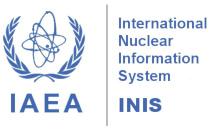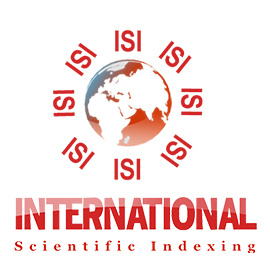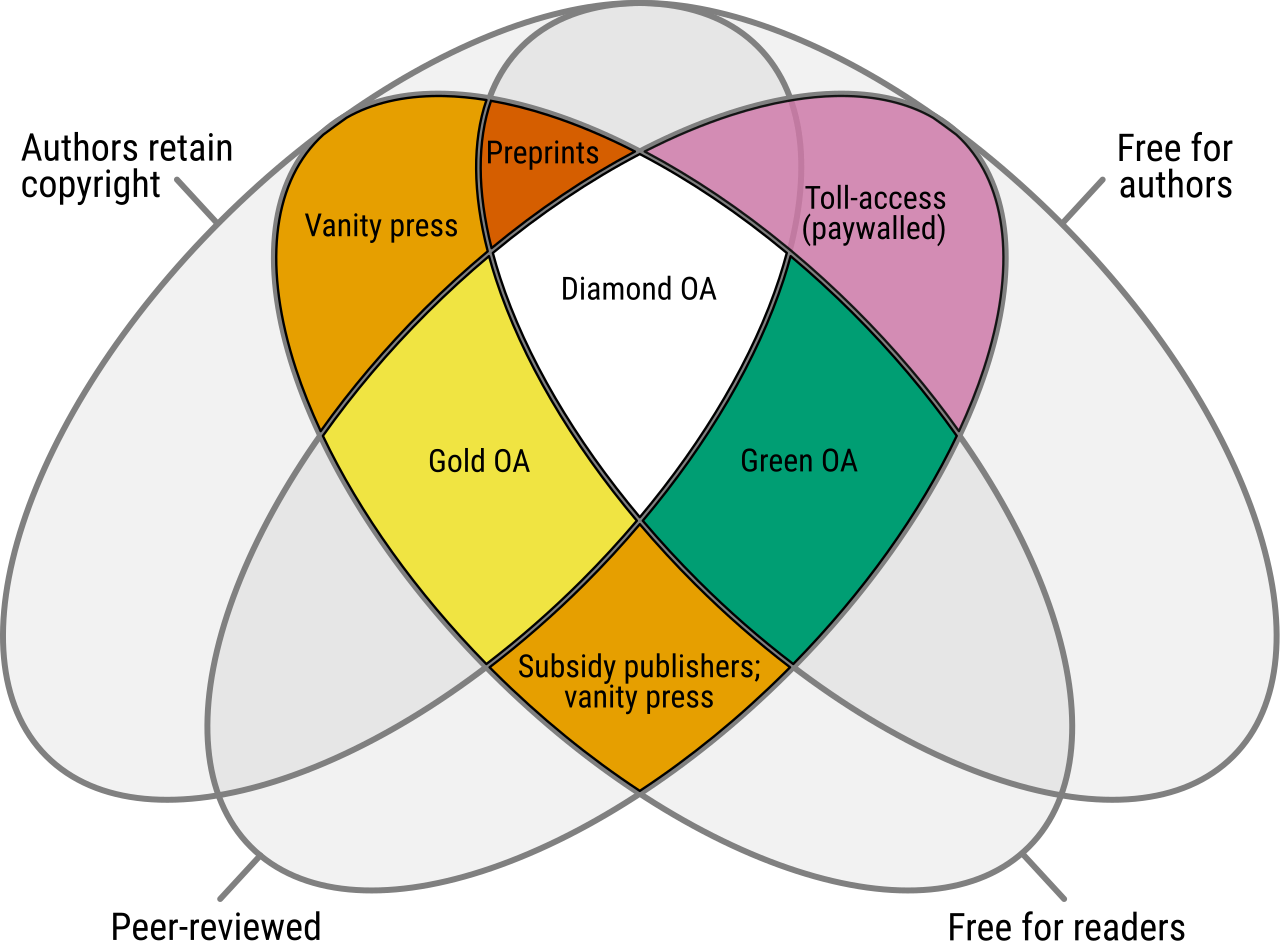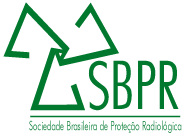Automated dose-effect calibration curve for X-rays using the cytokinesis-block micronucleus assay
DOI:
https://doi.org/10.15392/2319-0612.2025.2908Palavras-chave:
biodosimetry, automation, micronucleus assay, radiation protection, radiation biologyResumo
This article shows the development of a dose–effect calibration curve for X-ray exposures ranging from 0 to 4 Gy using the cytokinesis-block micronucleus assay and automated analysis—the first effort of its kind reported in Latin America. This work establishes a regional benchmark for high-throughput methodologies in cytogenetic biodosimetry, highlighting their potential to improve operational efficiency and reduce response times in radiological emergencies. Methods: Blood samples from six healthy donors were irradiated with X-rays at seven dose levels (0–4 Gy) using a calibrated 6 MV linear accelerator. Two blind samples (1.5 and 3 Gy) were included for validation. The CBMN assay was performed following IAEA protocols, DAPI-stained slides were analyzed using a AxioImager.Z2 automated microscope integrated with MetaSystems Metafer4 and the MNScoreX classifier software. A negative binomial regression model (NB1) was used for model fitting, accounting for overdispersion in micronucleus (MN) frequency. Results: Automated scoring of binucleated lymphocytes showed a dose-dependent increase in MN frequency. The fitted model followed a linear–quadratic relationship: Y = 0.0545 + 0.0448·D + 0.0145·D², with all coefficients statistically significant (p < 0.001). Dose estimates for blinded samples (1.5 and 3 Gy) matched the true doses within 95% confidence intervals, with all z-scores < |3|. Conclusions: The resulting linear–quadratic dose–response curve enabled accurate estimation of blinded sample doses, with all z-scores falling within acceptable fitness-for-purpose thresholds. These results underscore the value of combining automated microscopy with robust statistical modeling to achieve reliable dose assessment, particularly in high-throughput settings and radiological emergency scenarios.
Downloads
Referências
[1] Sommer, S., I. Buraczewska, and M. Kruszewski, “Micronucleus assay: The state of art, and future directions,” Int J Mol Sci, vol. 21, no. 4, 2020, doi: 10.3390/ijms21041534. DOI: https://doi.org/10.3390/ijms21041534
[2] Vral, A., M. Fenech, and H. Thierens, “The micronucleus assay as a biological dosimeter of in vivo ionising radiation exposure,” Mutagenesis, vol. 26, no. 1, pp. 11–17, 2011, doi: 10.1093/mutage/geq078. DOI: https://doi.org/10.1093/mutage/geq078
[3] International Atomic Energy Agency, “Cytogenetic Dosimetry: Applications in Preparedness for and Response to Radiation Emergencies,” Vienna, 2011. [Online]. Available: http://www-ns.iaea.org/standards/
[4] Tucker, J. D., M. Vadapalli, M. C. Joiner, M. Ceppi, M. Fenech, and S. Bonassi, “Estimating the Lowest Detectable Dose of Ionizing Radiation by the Cytokinesis-Block Micronucleus Assay,” Radiat Res, vol. 180, no. 3, pp. 284–291, Sep. 2013, doi: 10.1667/RR3346.1. DOI: https://doi.org/10.1667/RR3346.1
[5] Tamizh Selvan, G. and P. Venkatachalam, “Potentials of cytokinesis blocked micronucleus assay in radiation triage and biological dosimetry,” Journal of Genetic Engineering and Biotechnology, vol. 22, no. 4, p. 100409, Dec. 2024, doi: 10.1016/j.jgeb.2024.100409. DOI: https://doi.org/10.1016/j.jgeb.2024.100409
[6] Beinke, C., M. Port, and M. Abend, “Automatic versus manual lymphocyte fixation: impact on dose estimation using the cytokinesis-block micronucleus assay,” Radiat Environ Biophys, vol. 54, no. 1, pp. 81–90, Mar. 2015, doi: 10.1007/s00411-014-0575-0. DOI: https://doi.org/10.1007/s00411-014-0575-0
[7] Rodrigues, M., L. Beaton-Green, R. Wilkins, and M. Fenech, “The potential for complete automated scoring of the cytokinesis block micronucleus cytome assay using imaging flow cytometry,” Mutation Research/Genetic Toxicology and Environmental Mutagenesis, vol. 836, pp. 53–64, 2018, doi: https://doi.org/10.1016/j.mrgentox.2018.05.003. DOI: https://doi.org/10.1016/j.mrgentox.2018.05.003
[8] Asano, N., Y. Katsuma, H. Tamura, N. Higashikuni, and M. Hayashi, “An automated new technique for scoring the rodent micronucleus assay: computerized image analysis of acridine orange supravitally stained peripheral blood cells,” Mutation Research/Fundamental and Molecular Mechanisms of Mutagenesis, vol. 404, no. 1–2, pp. 149–154, Aug. 1998, doi: 10.1016/S0027-5107(98)00108-0. DOI: https://doi.org/10.1016/S0027-5107(98)00108-0
[9] Stich, H. F., A. B. Acton, and B. Palcic, “Towards an Automated Micronucleus Assay as an Internal Dosimeter for Carcinogen-Exposed Human Population Groups,” 1990, pp. 94–105. doi: 10.1007/978-3-642-84068-5_7. DOI: https://doi.org/10.1007/978-3-642-84068-5_7
[10] Varga, D., “An automated scoring procedure for the micronucleus test by image analysis,” Mutagenesis, vol. 19, no. 5, pp. 391–397, Sep. 2004, doi: 10.1093/mutage/geh047. DOI: https://doi.org/10.1093/mutage/geh047
[11] Decordier, I. et al., “Automated image analysis of cytokinesis-blocked micronuclei: an adapted protocol and a validated scoring procedure for biomonitoring,” Mutagenesis, vol. 24, no. 1, pp. 85–93, Sep. 2008, doi: 10.1093/mutage/gen057. DOI: https://doi.org/10.1093/mutage/gen057
[12] Thierens, H. and A. Vral, “The micronucleus assay in radiation accidents,” Ann Ist Super Sanita, 2009.
[13] Willems, P. et al., “Automated micronucleus (MN) scoring for population triage in case of large scale radiation events,” Int J Radiat Biol, 2010, doi: 10.3109/09553000903264481. DOI: https://doi.org/10.3109/09553000903264481
[14] Chaves-Campos, F.-A. et al., “Dose-effect calibration curve for high X-ray doses using the Calyculin-A chromosome premature condensation assay,” Brazilian Journal of Radiation Sciences, vol. 12, no. 2, p. e2422, May 2024, doi: 10.15392/2319-0612.2024.2422. DOI: https://doi.org/10.15392/2319-0612.2024.2422
[15] González Mesa, J. E. et al., “LBDNet interlaboratory comparison for the dicentric chromosome assay by digitized image analysis applying weighted robust statistical methods,” Int J Radiat Biol, vol. 100, no. 7, pp. 1019–1028, Jul. 2024, doi: 10.1080/09553002.2024.2356556. DOI: https://doi.org/10.1080/09553002.2024.2356556
[16] International Atomic Energy Agency, “Absorbed dose determination in external beam radiotherapy: An international code of practice for dosimetry based on standards of absorbed dose to water (IAEA Technical Report Series No. 398),” 2000. Accessed: May 13, 2025. [Online]. Available: https://www.iaea.org/publications/6011/absorbed-dose-determination-in-external-beam-radiotherapy
[17] Vargas-Segura W., Cordero-Ramírez A., and Avendaño-Soto E., “Procedure for calibration curve determination of radiochromic films for routine QA in Superficial Therapy X-Ray equipment,” British Journal of Medical and Health Research, vol. 11, no. 06, 2024.
[18] International Atomic Energy Agency, “Dosimetry of Small Static Fields Used in External Beam Radiotherapy An International Code of Practice for Reference and Relative Dose Determination,” Vienna, 2017.
[19] RStudio Team, “RStudio: Integrated Development for R.” PBC, Boston, MA, 2020.
[20] Hernández, A. et al., “Biodose Tools: an R shiny application for biological dosimetry,” Int J Radiat Biol, vol. 99, no. 9, pp. 1378–1390, Sep. 2023, doi: 10.1080/09553002.2023.2176564. DOI: https://doi.org/10.1080/09553002.2023.2176564
[21] Weiß, C. H., P. Puig, and B. Aleksandrov, “Optimal Stein‐type goodness‐of‐fit tests for count data,” Biometrical Journal, vol. 65, no. 2, Feb. 2023, doi: 10.1002/bimj.202200073. DOI: https://doi.org/10.1002/bimj.202200073
[22] International Organization for Standardization., “ISO 13528:2022: Statistical methods for use in proficiency testing by interlaboratory comparison.,” 2022.
[23] Bolognesi, C. et al., “Micronucleus test for radiation biodosimetry in mass casualty events: Evaluation of visual and automated scoring,” Radiat Meas, 2011, doi: 10.1016/j.radmeas.2010.11.003. DOI: https://doi.org/10.1016/j.radmeas.2010.11.003
[24] Tamizh Selvan, G., N. K. Chaudhury, and P. Venkatachalam, “Comparison of results of the manual and automated scoring of micronucleus frequencies in 60Co-irradiated peripheral blood lymphocytes for triage dosimetry,” Applied Radiation and Isotopes, vol. 97, pp. 70–77, 2015, doi: 10.1016/j.apradiso.2014.12.018. DOI: https://doi.org/10.1016/j.apradiso.2014.12.018
[25] Lee, Y., Y. W. Jin, K. M. Seong, R. C. Wilkins, and S. Jang, “Improving radiation dosimetry with an automated micronucleus scoring system: correction of automated scoring errors,” Radiat Environ Biophys, vol. 62, no. 3, pp. 349–356, Aug. 2023, doi: 10.1007/s00411-023-01030-7. DOI: https://doi.org/10.1007/s00411-023-01030-7
[26] Zaguia, N. et al., “A new tool for genotoxic risk assessment: Reevaluation of the cytokinesis-block micronucleus assay using semi-automated scoring following telomere and centromere staining,” Mutation Research/Genetic Toxicology and Environmental Mutagenesis, vol. 850–851, p. 503143, Feb. 2020, doi: 10.1016/j.mrgentox.2020.503143. DOI: https://doi.org/10.1016/j.mrgentox.2020.503143
[27] Thierens, H. et al., “Is a semi-automated approach indicated in the application of the automated micronucleus assay for triage purposes?,” Radiat Prot Dosimetry, vol. 159, no. 1–4, pp. 87–94, Jun. 2014, doi: 10.1093/rpd/ncu130. DOI: https://doi.org/10.1093/rpd/ncu130
[28] Depuydt, J. et al., “RENEB intercomparison exercises analyzing micronuclei (Cytokinesis-block Micronucleus Assay),” Int J Radiat Biol, vol. 93, no. 1, pp. 36–47, Jan. 2017, doi: 10.1080/09553002.2016.1206231. DOI: https://doi.org/10.1080/09553002.2016.1206231
Downloads
Publicado
Edição
Seção
Licença
Direitos autorais (c) 2025 Fabio Andrés Chaves-Campos, Fernando Ortíz-Morales, Anthony Cordero-Ramírez, Julián Alonso Gómez-Castro, Jorge Ernesto González-Mesa

Este trabalho está licenciado sob uma licença Creative Commons Attribution 4.0 International License.
Declaro que o presente artigo é original, não tendo sido submetido à publicação em qualquer outro periódico nacional ou internacional, quer seja em parte ou em sua totalidade. Declaro, ainda, que uma vez publicado na revista Brazilian Journal of Radiation Sciences, editada pela Sociedade Brasileira de Proteção Radiológica, o mesmo jamais será submetido por mim ou por qualquer um dos demais co-autores a qualquer outro periódico. Através deste instrumento, em meu nome e em nome dos demais co-autores, porventura existentes, cedo os direitos autorais do referido artigo à Sociedade Brasileira de Proteção Radiológica, que está autorizada a publicá-lo em meio impresso, digital, ou outro existente, sem retribuição financeira para os autores.
Licença
Os artigos do BJRS são licenciados sob uma Creative Commons Atribuição 4.0 Licença Internacional, que permite o uso, compartilhamento, adaptação, distribuição e reprodução em qualquer meio ou formato, desde que você dê o devido crédito ao (s) autor (es) original (is) e à fonte, forneça um link para a licença Creative Commons, e indique se mudanças foram feitas. As imagens ou outro material de terceiros neste artigo estão incluídos na licença Creative Commons do artigo, a menos que indicado de outra forma em uma linha de crédito para o material. Se o material não estiver incluído no licença Creative Commons do artigo e seu uso pretendido não é permitido por regulamentação legal ou excede o uso permitido, você precisará obter permissão diretamente do detentor dos direitos autorais. Para visualizar uma cópia desta licença, visite http://creativecommons.org/licenses/by/4.0/






















